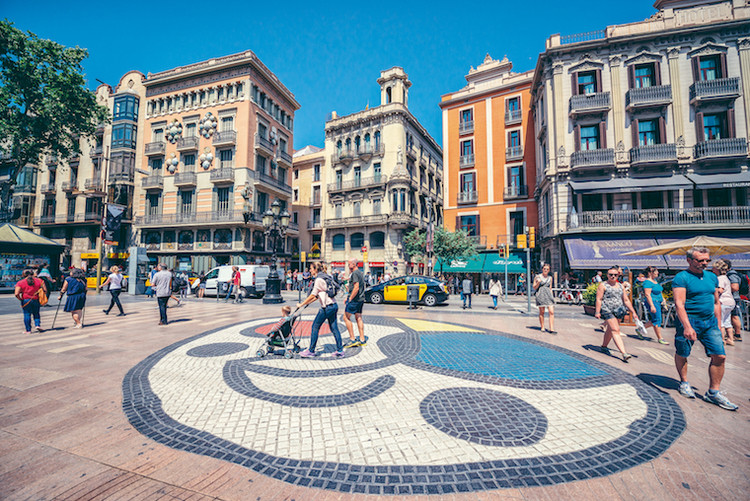
This interview was initially published in Spanish by City Manager as “Jan Gehl, ciudades para la gente.”
Jah Gehl is recognized as a follower of Jane Jacobs, the “grandmother” of urbanism and humanist planning. He has been a professor at the Danish Real Academy of Fine Arts in Copenhagen and visiting professor in Canada, the United States, New Zealand, Mexico, Australia, Belgium, Germany, Poland, and Norway. In 2000, he created his own consultancy along with Helle Søholt, Gehl Architects, in Denmark, where he completed diverse urban projects from around the world using data and strategic analysis.
The below text comes from an interview with the Danish architect, theorist and world leader in urban development, and promoter, following Jane Jacobs, of the human scale in the design of public spaces.
What should we understand by human scale cities?
When I talk about this concept, I take human senses as a starting point and how we, people, move. Man is, of course, a walking being, and our senses are made perfectly for people to walk at around 5 kilometers per hour.
The old cities were made so that homo sapiens felt comfortable. The spaces weren't too wide or too big, that's why people felt comfortable.
In the old metropolis, everything was made to a suitable size for a person, but after the introduction of modernism and the automobile, the importance of this scale was forgotten. We went from having architecture suited to the travel speed of 5 kilometers per hour, to entire cities of 60 kilometers per hour, which meant wider streets, bigger advertisements, higher buildings, where we weren't able to see anything in detail as we moved so fast.
So, modernism and "motorism" confused a lot of architects and planners about what was a comfortable scale for human beings. I have studied this topic for a long time and I believe that in the last 50 years, architects and planners have forgotten what a good human scale is. In the old days, they knew very well what it was.

We currently live in complex megacities. In such cities, is it possible to think of a human scale?
Certainly. I think that we can talk about the need for transport corridors where we need to have things moving at 60 kilometers per hour or designed at a scale for automobiles, but when it comes to where people live, work, go shopping, and move around as pedestrians, we could easily make things better.
Venice is a city made for people. The average street is 3 meters wide, which makes it a city suitable for walking with a lot of interesting public spaces. It is a city that truly has a human scale, that is small, personal, and intimate. Meanwhile, a place like Dubai is a city for dinosaurs, not for human beings.

In your book Cities for People, we loved the phase where you say, “first we shape cities and then they shape us.” What exactly does that mean to you?
What the phrase means is that the physical frameworks in which we live and spend time have a great influence on our behavior and lifestyle. It really could make quite a drastic difference to your lifestyle if you lived in an outer suburb in an American city compared to if you lived in Barcelona, for example.
Just to give an example, it has been demonstrated that people that live in the suburbs have a lower life expectancy than those who live in cities. Why is that? Largely because in cities you walk more, while in the suburbs cars are used more frequently and you walk less.
If we don't move enough, it negatively affects our health and life expectancy drops. This is just one way to demonstrate how cities and metropolises influence our lifestyle. The built environment that we live in has enormous consequences for our lifestyle; each time we change the city we also change people's lifestyles. What is interesting is that we don't know a lot about how the built environment is made and the consequences it has for our lives. Despite this, there is a certain consciousness that the built environment and physical design of the city affects the lifestyle of human beings.

We always talk about the importance of public life and public space for people’s quality of life. We want to ask you, what are the characteristics that public space should have in order to promote public life?
At the end of my book Cities for People, there is a section called “toolbox” which contains a list of keywords with 12 qualitative criteria for a people-centered outlook.
If you ask me what makes a good public space, I would say that you should take this list and make sure that you can say, "yes, it has that" to each criterion. If you go to some of the best public spaces in the world, like Plaza de Campo in Siena, Italy, and you take this list of 12 points, you will find that they are all observed fantastically well, but if you go to one of the plazas in Brasília in Brazil, you will realize that almost all of these points are ignored.
In any Italian city there are a number of aspects that make you feel comfortable, while in Brasilia there are few.

